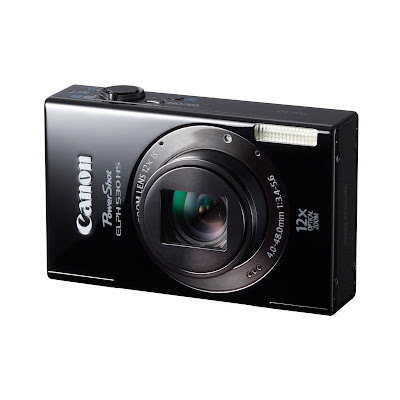We proud to introduce today, February 7th, a new Linux distribution, called Comice OS, which is actually a redesigned version of the Pear OS Linux.
Remember Pear OS? It's that Mac OS looking (see screenshots below) Ubuntu-based operating system introduced last year on our Linux section.
Well, it looks like David Tavares, the developer of Pear OS, prepares these days a revamped version of his Linux operating system, under the name of Comice OS.
Comice OS 4 will be built on top of the GNOME 3 interface, powered by Comice Shell, which is a modification of GNOME Shell to look exactly like a Mac OS desktop. It provides two views: Mission Control to view running apss and Launchpad to see installed apps.
Wait, that's not all! Comice OS 4 will be powered by Linux kernel 3.2 and GNOME 3.2.1. Will contain drivers for wireless networks and known graphics cards, like Nvidia, ATI/AMD and Intel.
One of the most highlighted apps of Comice OS will be of course the Pear Appstore, which features parallel downloading, resuming of downloads, updates notifier, cache cleaner, and one-click installation.
Included apps:
- Mozilla Firefox web browser;
- Mozilla Thunderbird email client;
- LibreOffice office suite;
- Clementine audio player;
- Shotwell image organizer and editor;
- Totem Movie Player;
- BleachBit system cleaner;
- Adobe Flash Player plug-in.
System requirements:
- Intel, AMD or VIA CPU
- At least 1 GB RAM (2 GB recommended);
- At least 8 GB HDD free space;
- Supported graphics card: Nvidia, ATI/AMD, Intel, SiS, Matrox, VIA (3D desktop effects require a video card with 3D acceleration).
At the moment, Comice OS 4 is distributed only as a 64-bit ISO image burnable on a DVD media or USB flash drive.
Download Comice OS 4 right now via link below:
Comice OS 4 64-bit [ISO]
Comice OS 4 64-bit [md5 of ISO]



 2/07/2012 10:33:00 PM
2/07/2012 10:33:00 PM
 dannzfay
dannzfay




































